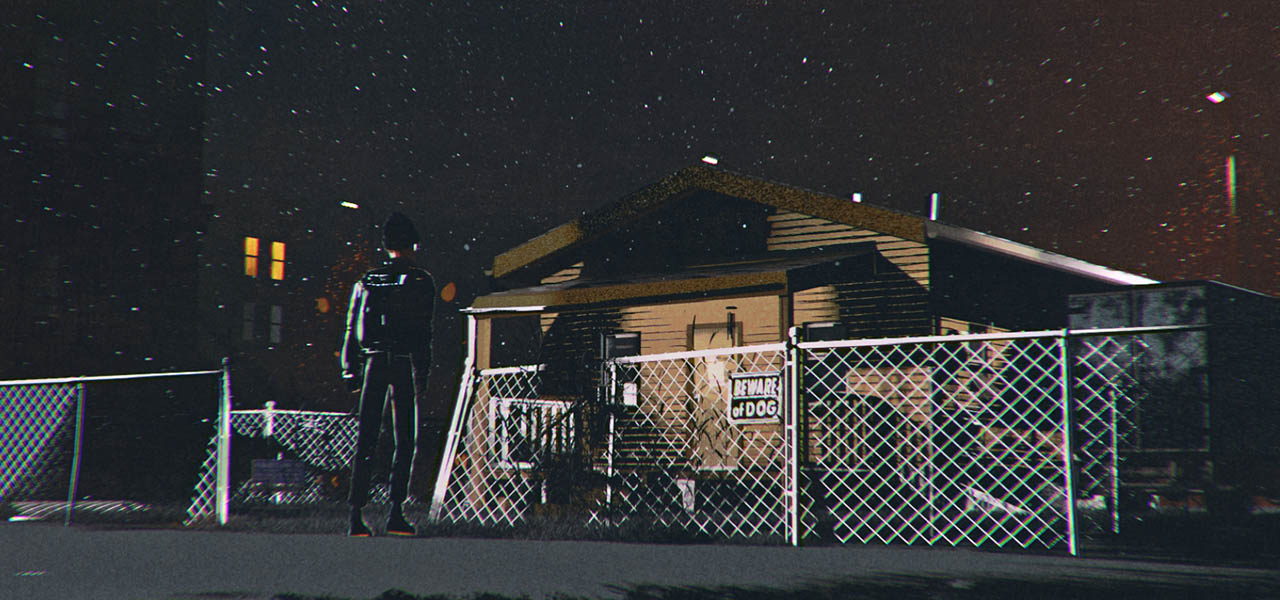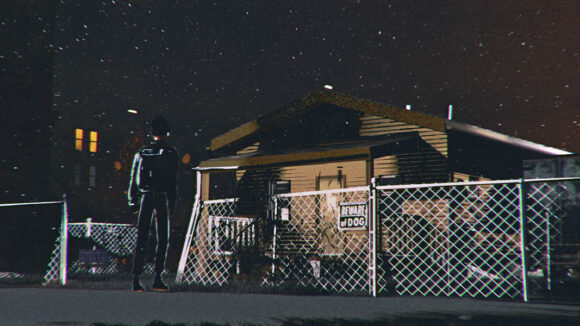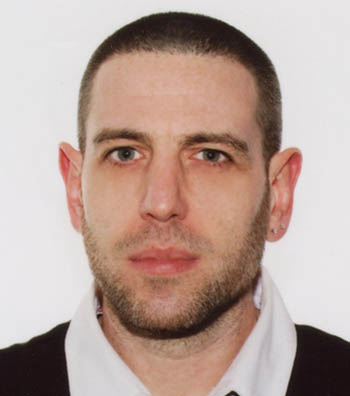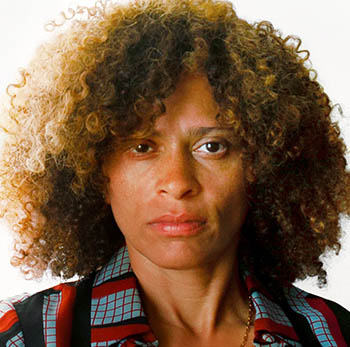

2025 Oscars Short Film Contenders: ‘The Brown Dog’ Directors Nadia Hallgren And Jamie-James Medina
Cartoon Brew is putting the spotlight on animated short films that have qualified for the 2025 Oscars.
Today’s film is The Brown Dog from American director Nadia Hallgren (Emmy-nominated documentary Becoming) and British director and photographer Jamie-James Medina. The short picked up its Oscars qualification by winning the grand prize for animated short at the Indianapolis Indy Shorts International Film Festival.
At night, a watchman clocks into a lonely security booth in the empty parking lot of an upscale apartment complex. Based on “The Brown Dog Chronicles” by Willis Earl Beal, The Brown Dog is an eerie animated adaptation of the 2014 radio dramatization of Beal’s text by the late Michael K. Williams. As we follow “Nobody,” the watchman spending his shifts composing endless security logs to stay awake, darkness slowly closes in on him as he goes in search of a mysterious brown dog in this atmospheric animated essay.
Cartoon Brew: Can you elaborate on your adaptation process, from W.E. Beal’s original text and the recording performed by Michael K. Williams ten years ago to an animated short story today?

Jamie-James Medina: The Brown Dog first appeared as a series of security logs written by W.E. Beal, a writer and musician. The epistolary story charts Beal’s time as a security guard in his hometown of Chicago, Illinois, during the winter of 2011. Beal distributed his story by leaving xeroxed copies at local libraries, independent cinemas, and bookstores. This is how I first encountered The Brown Dog. It is tedious work, but Beal wrote so beautifully about his graveyard shifts — those haunting hours between night and day — I couldn’t put the text down. In 2014, I recorded The Brown Dog as a radio drama, adapting that text and casting Mr. Williams as the lonely nightwatchman. He was a brilliant collaborator, so kind and so dedicated to understanding this character. Those recordings would eventually become the basis for our film. Mr. Williams passed away in September 2021, but his voice kept calling me back.

Nadia Hallgren: With this story, we want people to stop and think about the people working on the edge of the American dream, who are just going about keeping the world functioning. People have asked us if this is a “pandemic film” and maybe it is. During the pandemic, society relied on “essential workers” to get through some of our darkest moments, many of whom were people of color. All of a sudden health care workers, security guards and delivery drivers were given value, celebrated as human beings. Well, of course they’re human beings, with inner lives! And Nobody is no different. As a Black filmmaker, these are the stories I want to tell — complex human stories.
What was it about this story or concept that connected with you and compelled you to direct the film?
Hallgren: My background is in documentary filmmaking, where my work is connected to the natural world and how we, as people, fit into it. The fictional story of The Brown Dog is no different, exploring themes of belonging, loneliness, and the desperation of living on the margins in an increasingly hostile America. Our animated characters are asking you to feel something real — a point made even more prescient with the passing of Mr. Williams. To do that using animation was the challenge and joy of this project.
What did you learn through the experience of making this film, either production-wise, filmmaking-wise, creatively, or about the subject matter?
Medina: I learned that a good idea will wait for you. I’ve been thinking about this character for over ten years. But during that time, the world changed and our network of collaborators changed. It took that many years to really understand who this character was and how to bring them to life onscreen. I want The Brown Dog to serve as a celebration of Mr. Williams and the deep truth he brought to every character he inhabited, but also as a reminder to us of the importance of human connection.
Can you describe how you developed your visual approach to the film? Why did you settle on this style/technique?
Medina: It all started with us talking through the script with Fons Schiedon, our designer and animator: Chicago, winter, nighttime, God’s lonely man. But the way we use voice-over and Nobody’s search for the brown dog reminded us of classic noir films — a world drenched in shadows.
Over the course of the night, we have to watch Nobody become stranger, bleaker, his thoughts more unreliable. The saturated yellows and dead-of-night blacks were chosen to reflect the character’s feelings of isolation and despair. That’s noir.
Hallgren: I was interested in how The Brown Dog illustrates the American grind in very real ways: the 24-hour glow of the McDonald’s arches that illuminate Nobody’s booth, the foreclosure signs that mark the surrounding neighborhood, the advertising billboards that feel totally at odds with the local community. These mundane details of the physical world add up to make Nobody’s world believable.

.png)